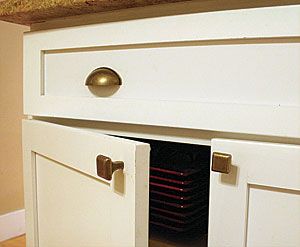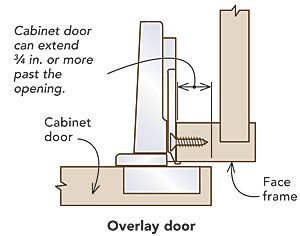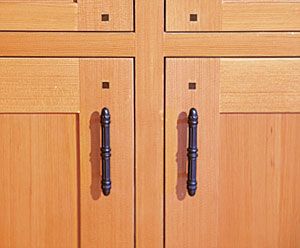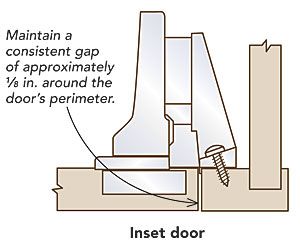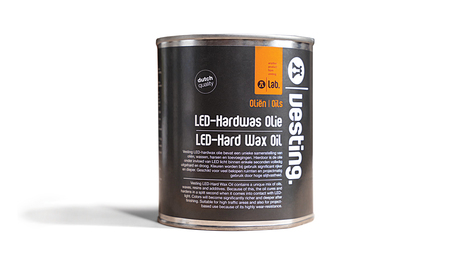How to Install European Cup Hinges
Overlay or inset, the tricky part is boring the 35 mm hole. Here are two ways to get it right.
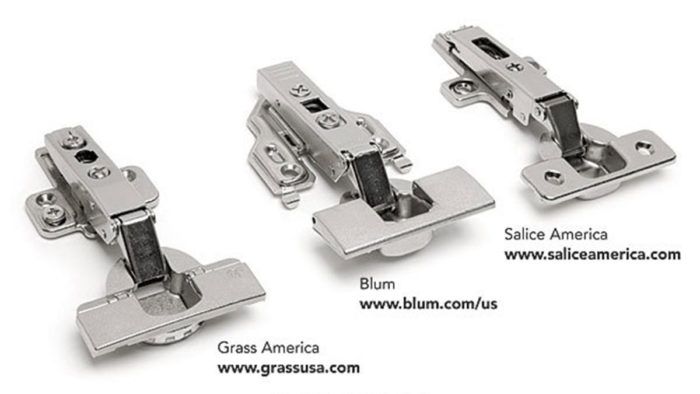
If you build cabinets with doors, you’ll eventually find yourself thinking about hinges. If you go for a traditional look, you might choose butt hinges with a decorative finial. However, butt hinges can be tricky to adjust, and their application is often limited to certain types of doors. On the other hand, concealed hinges (also known as Euro hinges) are available in dozens of self-closing configurations. A mounting plate connects the hinge and the door to the cabinet face frame or, in the case of frameless cabinets, to the interior cabinet wall. Options for the amount of door swing, from 95° to 170°, make designing customized storage an easier task. Best of all, the hinges are adjustable, often in three directions.
Concealed hinges require a flat-bottomed hole drilled in the back of the door stile. The depth and location of the hole vary according to hinge type, but the diameter is usually 35 mm. If the door is to have a profiled edge, make sure that the router bit doesn’t cut into the hinge hole (or vice versa).
Holes for concealed hinges can be drilled with any of several jigs that work in conjunction with a handheld drill. The jigs can be adjusted to various door configurations, and they range in price from under $50 to nearly $300.
Overlay or inset?
Cabinet doors are lumped into two basic groups, inset and overlay, and each requires different concealed hinges. Inset doors are positioned inside the frame and are commonly seen on colonial or Shaker-style cabinets. Overlay doors are mounted over the face frame, extend 3/4 in. or more past the opening, and are less fussy to install. Half-overlay doors continue 3/8 in. to 1/2 in. past the opening.
Bore the door

The trickiest part of the job. Almost all concealed hinges are installed in a flat-bottomed 35-mm-dia. hole drilled into the back of the door. The most accurate method is to use a Forstner-type bit in a drill press fitted with a fence. Check the manufacturer’s specifications; then drill a test hole in a scrap piece to verify the correct setback and depth.
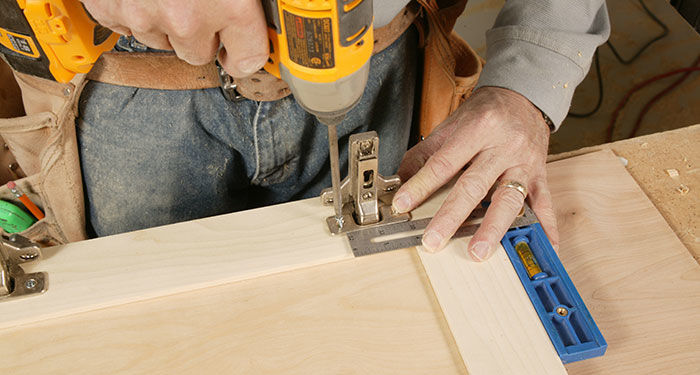
Keep it square. Use a combination square to align the hinge on the door to ensure that the hinge operates properly when it is installed.
Substitute for a drill press
A more portable and sometimes less expensive technique for drilling holes is to use a dedicated jig. Prices range from the bare-bones Rockler’s Jig-It (right top, $40) to the Euro Drill (left, $105) to Blum’s more robust Ecodrill (right bottom, $300).
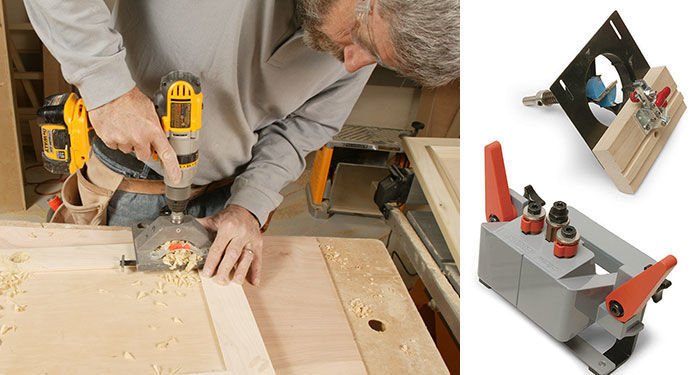
Installation is adjustable
Keep it consistent. To make installations efficient, use the same measurements when installing hinges and hinge plates. For example, if the door configuration is a 3/8-in. top overlay, the centerpoint of the hinge can be located consistently at 3-3/8 in. from the top of the door, and the centerpoint of the hinge base will be at 3 in. from the edge of the opening.
Face frames offer a simpler option. The major manufacturers also make a one-piece concealed hinge that attaches to the edge of a 3/4-in.-thick face frame. It doesn’t need a baseplate, making it less expensive and faster to install.
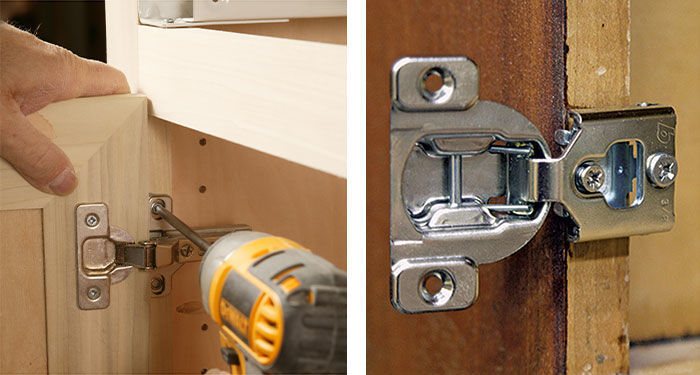
Easy adjustments in three planes. Most concealed hinges have three adjustment screws that make aligning the installed door a straightforward job.

